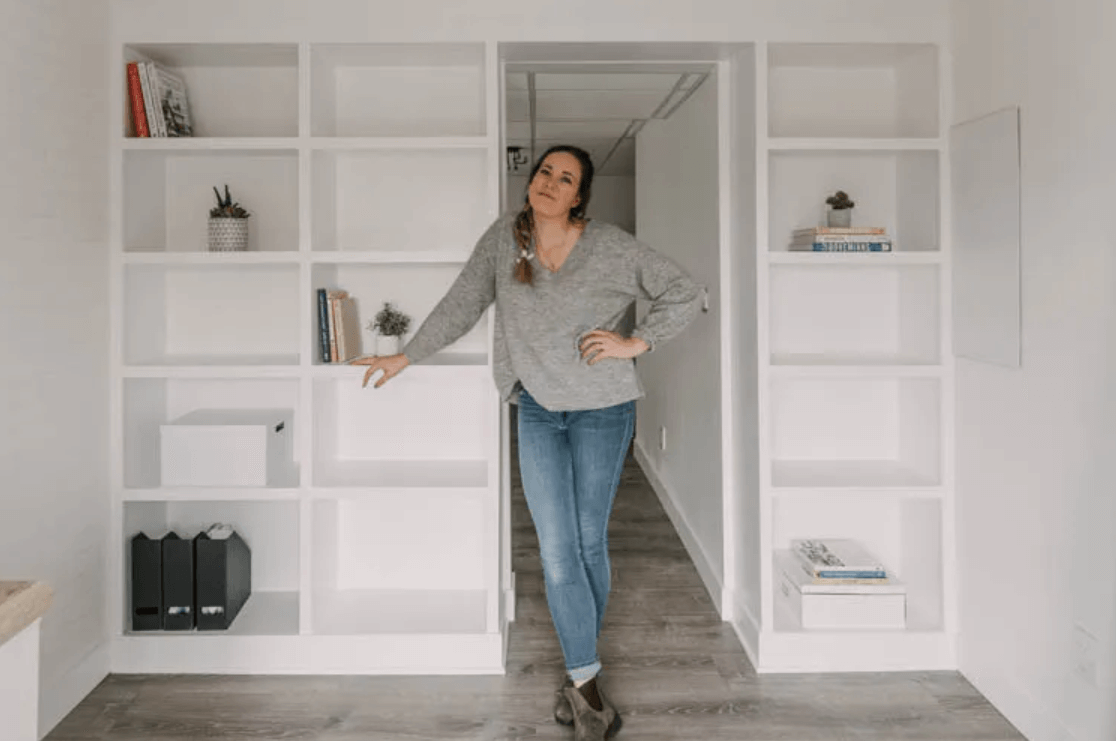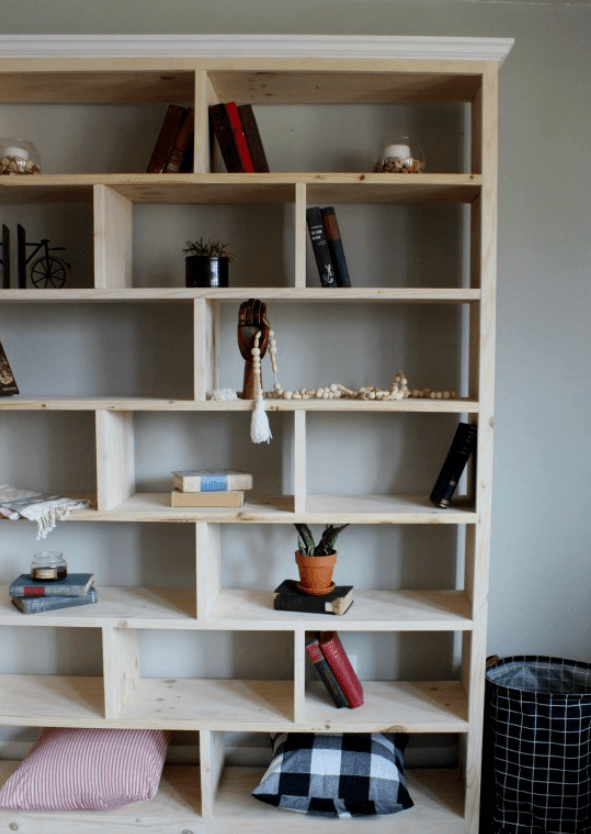
Building a Custom Bookshelf: A Step-by-Step DIY Guide
Building a Custom Bookshelf: A Step-by-Step DIY Guide not only serves a practical purpose but also allows for a personalized touch in your living space. The process begins with careful design planning, where one must balance aesthetics with functionality. It’s essential to gather the right tools and materials to ensure a successful build. As we progress through the stages of construction, each decision impacts the final outcome. Understanding these intricate details is crucial, and the next steps will reveal how to transform your vision into a tangible structure that complements your home beautifully.
Planning Your Bookshelf Design
Effective planning is essential for designing a custom bookshelf that not only accommodates your collection but also enhances the overall aesthetic of your space.
Consider design inspiration from various styles while evaluating space considerations, such as dimensions and layout.
Prioritize functionality and visual appeal, ensuring the bookshelf complements your environment while providing ample storage for your literary treasures.

Gathering Tools and Materials
Once the design plan is finalized, the next step involves gathering the necessary tools and materials to construct your custom bookshelf.
Effective tool selection is crucial; ensure you have a saw, drill, level, and measuring tape.
Additionally, consider material types such as plywood, MDF, or solid wood, each offering distinct benefits. Choose wisely to enhance durability and aesthetic appeal in your project.
Read more: Wallpaper:1dbio7ltrm8= Motionless in White
Constructing the Bookshelf
Begin the construction process by carefully cutting the selected materials according to the dimensions outlined in your design plan.
Ensure that the shelf dimensions are consistent for uniformity and optimal weight distribution.
Assemble the pieces using strong wood glue and screws, reinforcing joints as necessary.
This structural integrity will provide both stability and longevity, allowing for a versatile and functional bookshelf design.
Finishing Touches and Styling
To achieve a polished and cohesive look for your custom bookshelf, consider applying a suitable finish that enhances the wood’s natural grain while protecting against wear and tear.
After finishing, focus on shelf decor that complements your interior design. Organize books by size or color for visual appeal.
This combination will elevate aesthetics and improve book organization, maximizing functionality.
Read more: Wallpaper:_A-Bandi8uy= Dakota Fanning
Conclusion
In conclusion, Building a Custom Bookshelf: A Step-by-Step DIY Guide allows blending functionality with aesthetic appeal.
By meticulously planning the design, gathering the necessary tools and materials, assembling each component with precision, and applying a thoughtful finish, a stunning centerpiece emerges.
The result is a harmonious integration of books, decor, and personal style, transforming a simple space into an organized haven of knowledge and creativity.
Such a project not only enhances a room but also elevates the reading experience.




